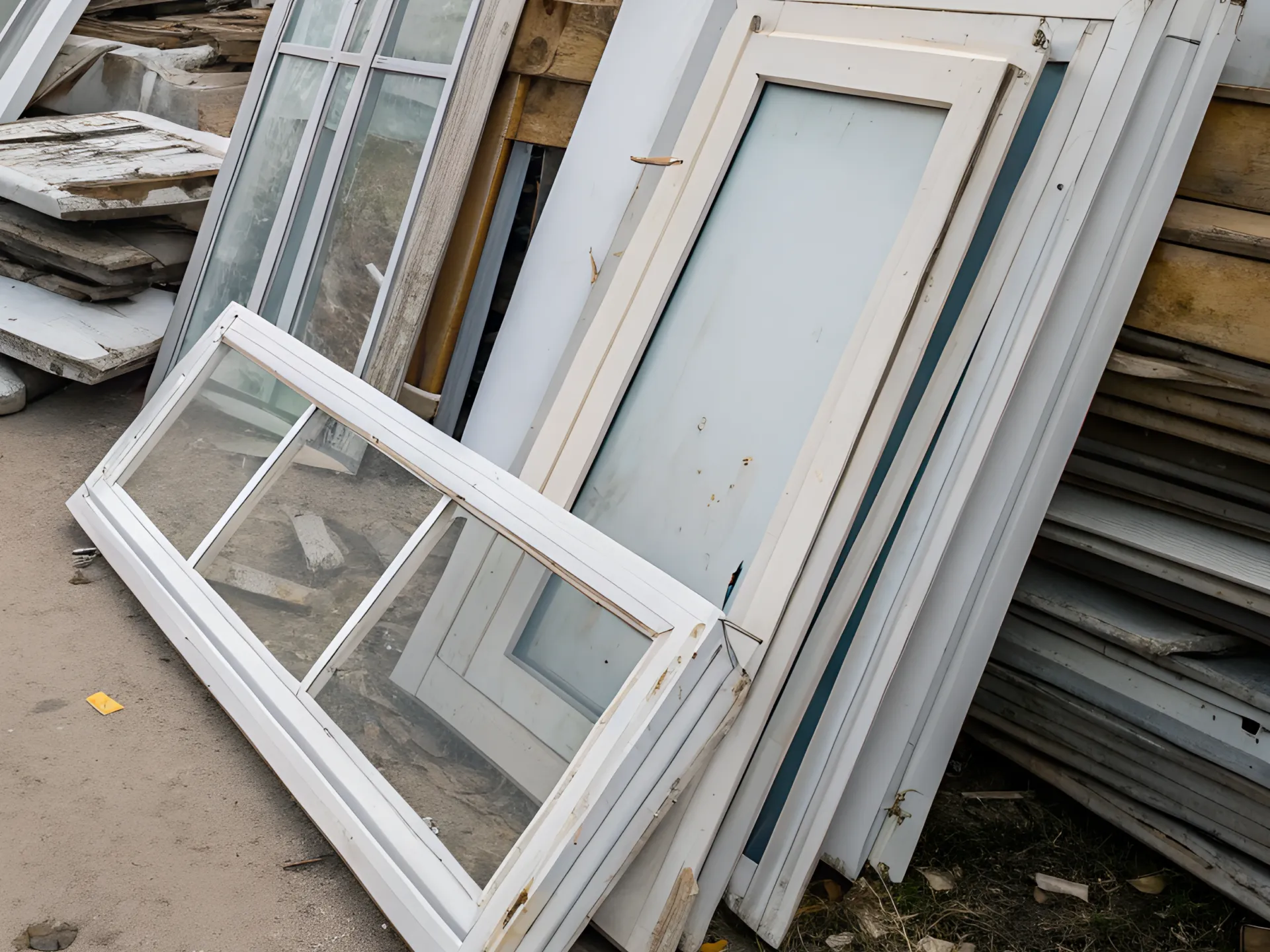Uvod u PVC i njegov utjecaj na okoliš
PVC ili polivinil klorid jedna je od najčešće korištenih plastika zbog svoje svestranosti, izdržljivosti i isplativosti. Međutim, njegov životni ciklus - od proizvodnje do odlaganja - može imati značajne implikacije na okoliš. Ovaj članak istražuje kako recikliranje PVC-a može ublažiti te utjecaje, usredotočujući se na smanjenje ugljičnog otiska i učinkovito upravljanje plastičnim otpadom.
Zašto reciklirati PVC?
Održivost okoliša:
- Očuvanje resursa: Proizvodnja PVC-a zahtijeva značajne količine energije i sirovina poput soli i ugljikovodika. Recikliranjem PVC-a čuvaju se ti resursi, smanjujući pritisak na prirodne rezerve.
- Smanjene emisije stakleničkih plinova: Proizvodnja novog PVC-a od sirovih materijala je energetski intenzivna, što rezultira visokim emisijama CO2. Recikliranje PVC-a troši manje energije, čime se smanjuje ugljični otisak.
Gospodarenje otpadom:
- Smanjenje odlagališta: PVC proizvodi imaju dug vijek trajanja, a kada se odbace, desetljećima zauzimaju odlagalište. Recikliranjem se PVC preusmjerava s odlagališta, smanjujući korištenje prostora i emisije metana od razgradnje.
Kako recikliranje PVC-a smanjuje ugljični otisak?
Energetska učinkovitost:
- Energija potrebna za recikliranje PVC-a znatno je manja od one potrebne za proizvodnju čistog PVC-a. Ova ušteda energije pretvara se u smanjenu emisiju CO2 tijekom procesa recikliranja.
Izbjegavanje spaljivanja:
- Spaljivanje PVC-a može osloboditi dioksine, štetne nusprodukte. Recikliranjem se to sprječava izbjegavanjem potrebe za spaljivanjem PVC otpada, čime se značajno smanjuje potencijalno onečišćenje zraka.
Prednosti životnog ciklusa:
- Kada se uzme u obzir cijeli životni ciklus, reciklirani PVC ima manji utjecaj na okoliš. Svaki ciklus recikliranja produljuje vijek trajanja materijala i smanjuje potražnju za novom proizvodnjom.
Praktični koraci u recikliranju PVC-a
Mehaničko recikliranje:
- Prikupljanje i sortiranje: PVC materijali moraju se prikupiti i razvrstati od druge plastike zbog svojih jedinstvenih svojstava.
- Mljevenje i topljenje: PVC otpad se mehanički melje i potom topi kako bi se dobili novi proizvodi ili kuglice za ponovnu upotrebu.
Recikliranje sirovine:
- Ova metoda uključuje razgradnju PVC-a na njegove kemijske komponente, koje se mogu koristiti za stvaranje novog PVC-a ili drugih kemikalija, smanjujući potrebu za izvornim materijalima.
Izazovi u recikliranju PVC-a
- Odvajanje materijala: PVC se mora odvojiti od ostale plastike zbog visokog sadržaja klora, koji može kontaminirati druge reciklirane materijale.
- Kvaliteta recikliranog PVC-a: Osiguravanje kvalitete recikliranog PVC-a za vrhunske primjene ostaje izazov, što utječe na njegovu tržišnost i raspon primjene.
Poticanje recikliranja PVC-a
Radnje u industriji i politici:
- Poduzeća mogu povećati upotrebu recikliranog PVC-a u proizvodima, uz podršku poticaja poput poreznih olakšica ili propisa koji favoriziraju reciklirani sadržaj.
- Vlade bi mogle provoditi politike poput zabrane odlaganja PVC-a na odlagalištima ili podržati razvoj infrastrukture za recikliranje.
Uloga potrošača:
- Potrošači mogu utjecati na stope recikliranja pravilnim sortiranjem PVC proizvoda i podržavanjem marki koje koriste reciklirani PVC.
Zaključak
Recikliranje PVC-a ima ključnu ulogu u smanjenju utjecaja plastike na okoliš. Smanjenjem ugljičnog otiska uštedom energije i sprječavanjem da plastični otpad dospije na odlagališta ili da se spali, recikliranje PVC-a pridonosi održivijem životnom ciklusu ovog materijala. Međutim, prevladavanje tehničkih i ekonomskih prepreka recikliranju zahtijeva zajedničke napore proizvođača, potrošača i kreatora politika.
Integriranjem recikliranja u životni ciklus PVC-a, ne samo da rješavamo trenutna pitanja otpada i emisija, već se također krećemo prema više kružnom gospodarstvu u kojem se materijali ponovno koriste, smanjujući naš ukupni otisak na okoliš.



